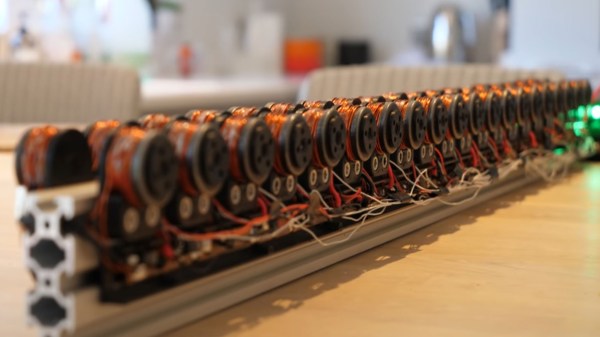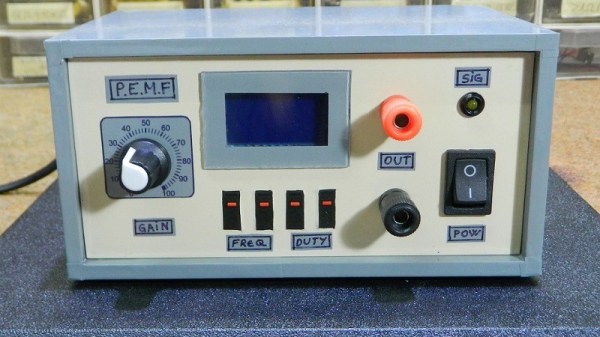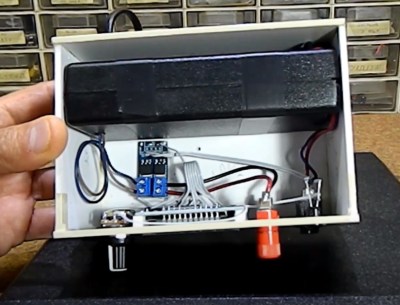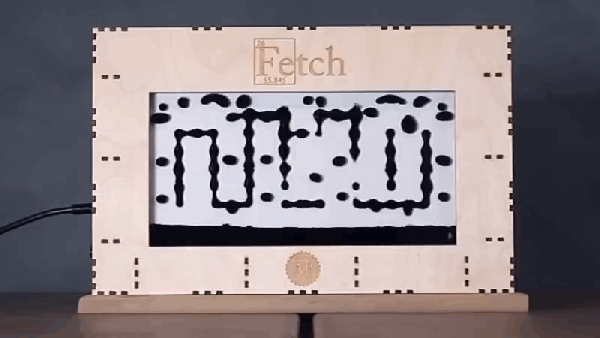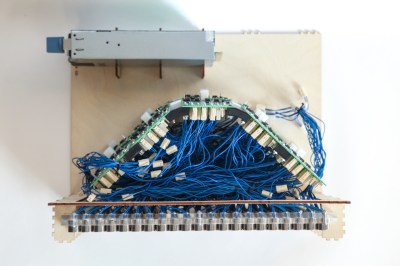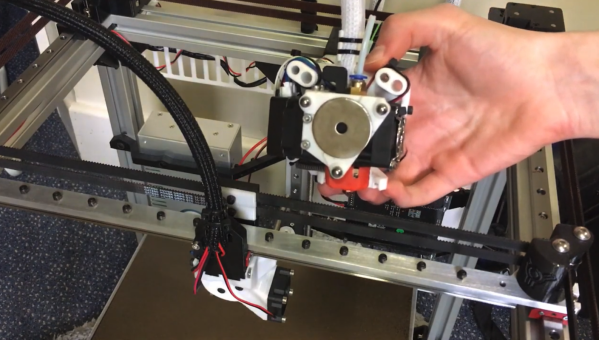“I really like your floating banana.” If that’s something you’ve always wanted your guests to say when visiting your living room, this levitating banana project from [ElectroBing] is for you.
The design is simple. It relies on a electromagnet to lift the banana into the air. As bananas aren’t usually ferromagnetic, a simple bar magnet is fitted to the banana to allow it to be attracted to the electromagnet. One could insert the magnets more stealthily inside the banana, though this would come with the risk that someone may accidentally consume them, which can be deadly.
Of course, typically, the magnet would either be too weak to lift the banana, or so strong that it simply attracted the banana until it made contact. To get the non-contact levitating effect, some circuitry is required. A hall effect sensor is installed directly under the electromagnet. As the banana’s magnet gets closer to the electromagnet, the hall effect sensor’s output voltage goes down. Once it drops below a certain threshold, a control circuit cuts power to the electromagnet. As the banana falls away, power is restored, pulling the banana back up. By carefully controlling the power to the electromagnet on a continuous basis, the banana can be made to float a short distance away in mid-air.
It’s a fun build, and one that teaches many useful lessons in both physics and electronics. Other levitation techniques exist, too, such as through the use of ultrasound. Video after the break.
Continue reading “Levitating Banana Is An Excellent Conversation Starter”


